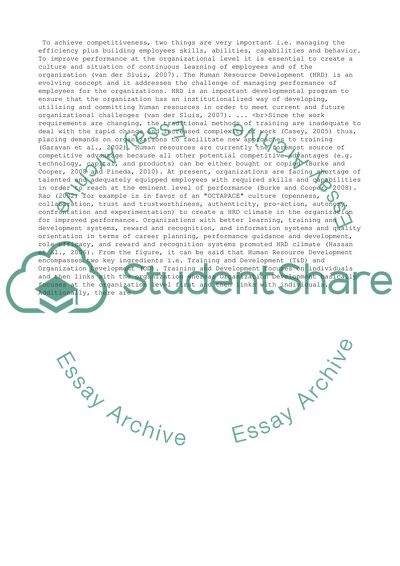Cite this document
(“Implementation of Performance Management System in an organization Essay”, n.d.)
Retrieved from https://studentshare.org/business/1398549-personnel-resourcing-and-development-assignment
Retrieved from https://studentshare.org/business/1398549-personnel-resourcing-and-development-assignment
(Implementation of Performance Management System in an Organization Essay)
https://studentshare.org/business/1398549-personnel-resourcing-and-development-assignment.
https://studentshare.org/business/1398549-personnel-resourcing-and-development-assignment.
“Implementation of Performance Management System in an Organization Essay”, n.d. https://studentshare.org/business/1398549-personnel-resourcing-and-development-assignment.


